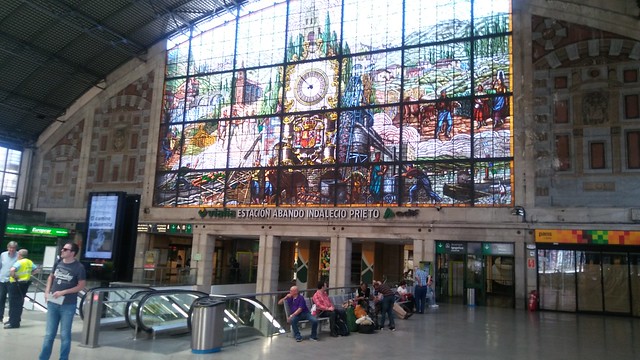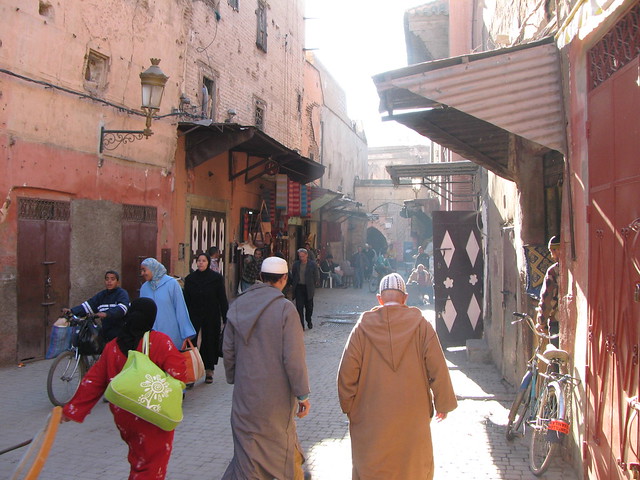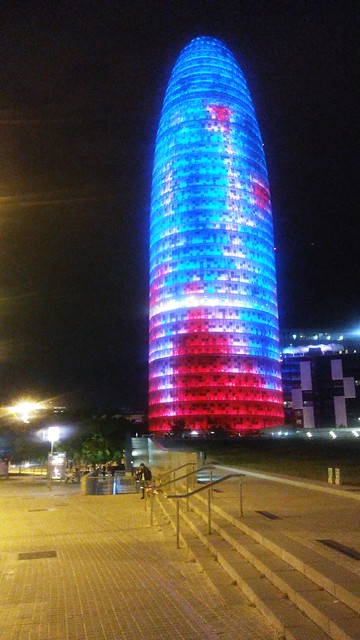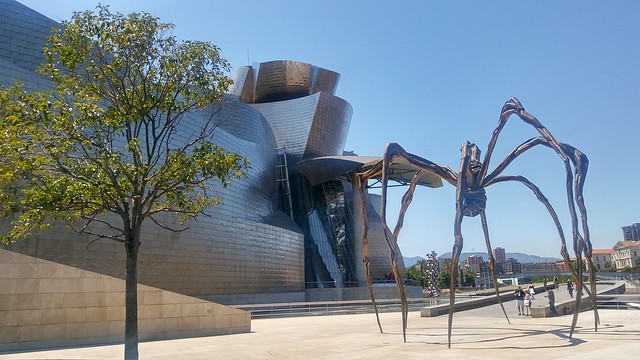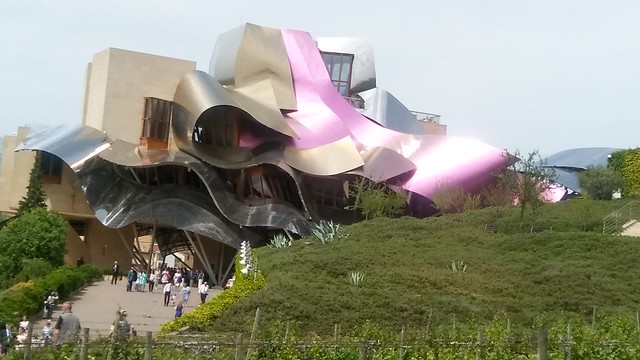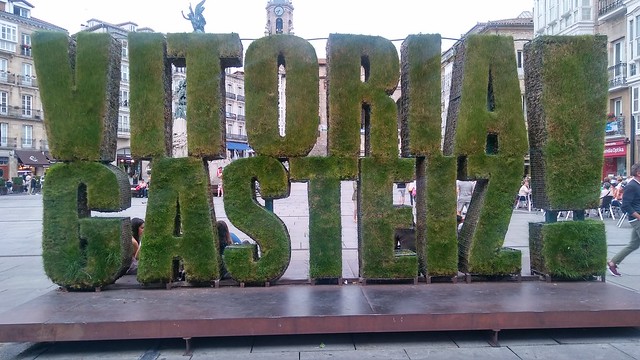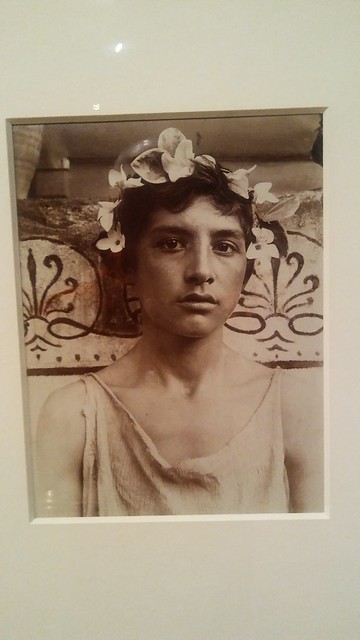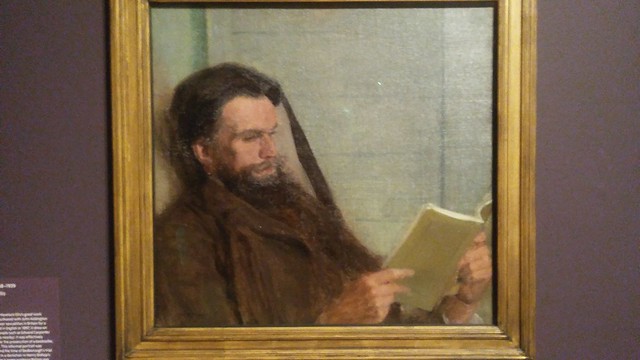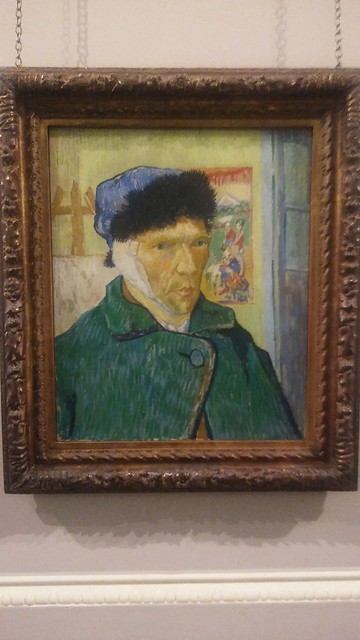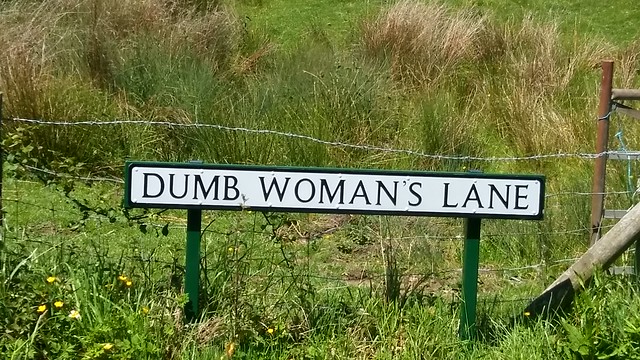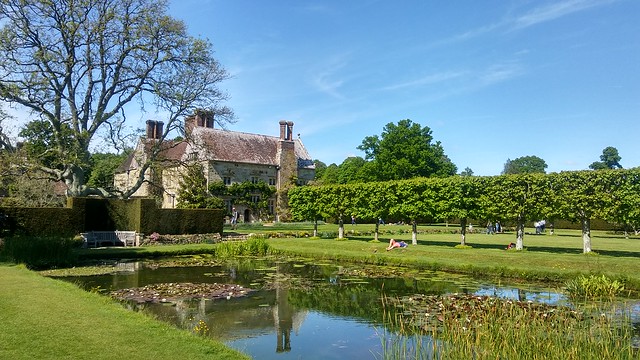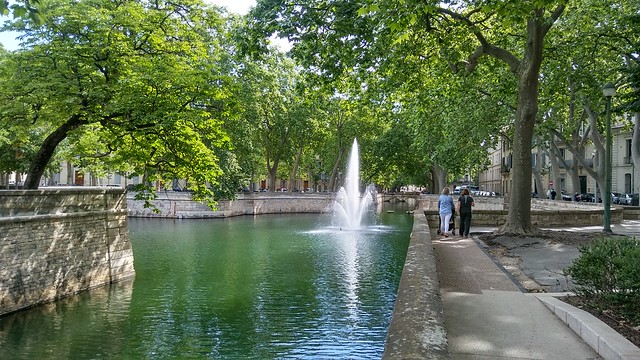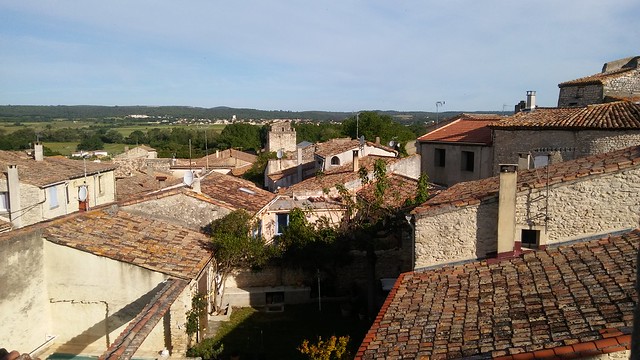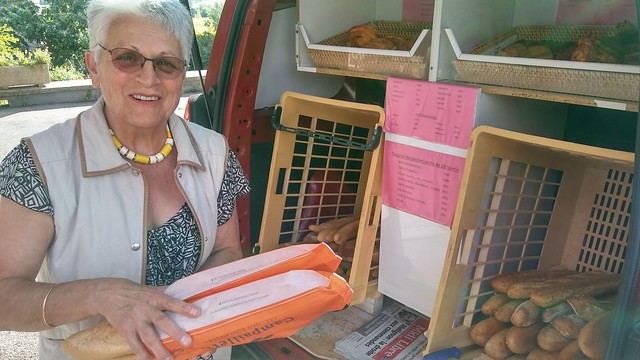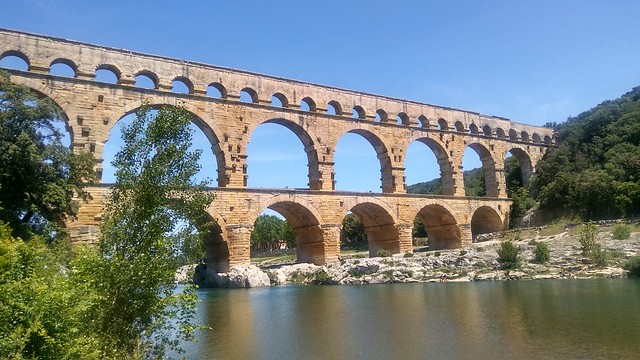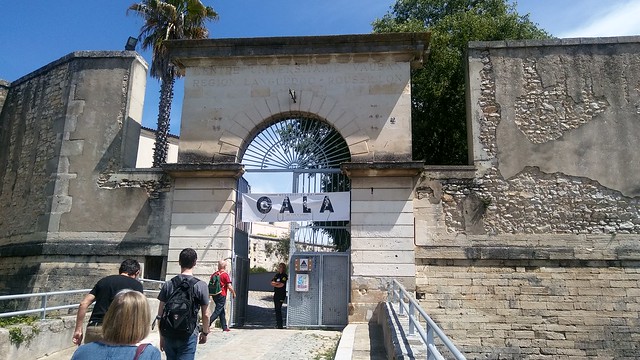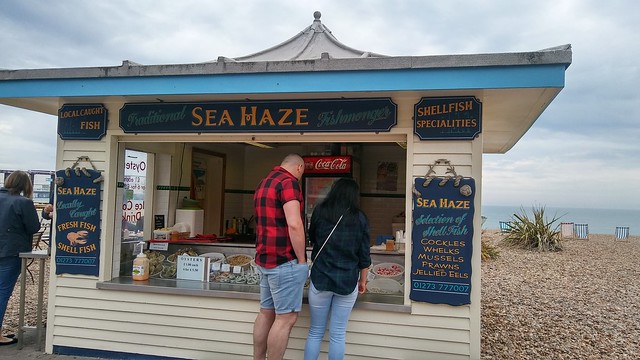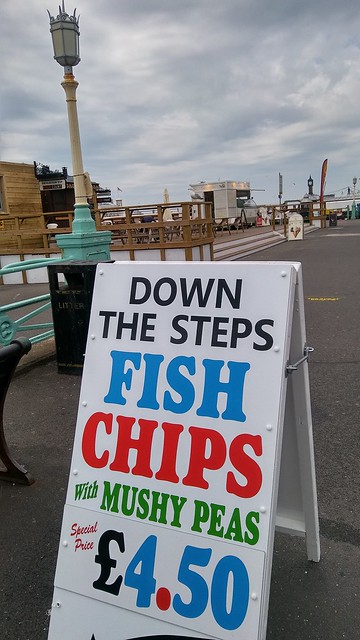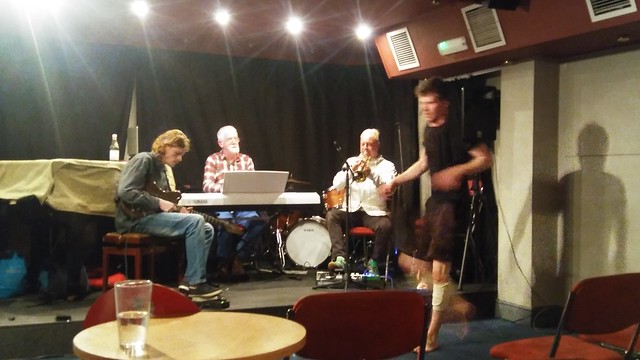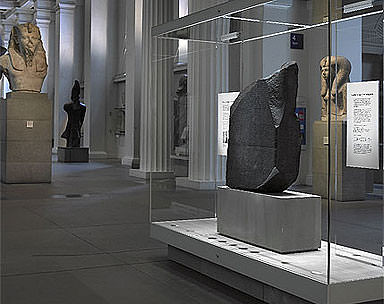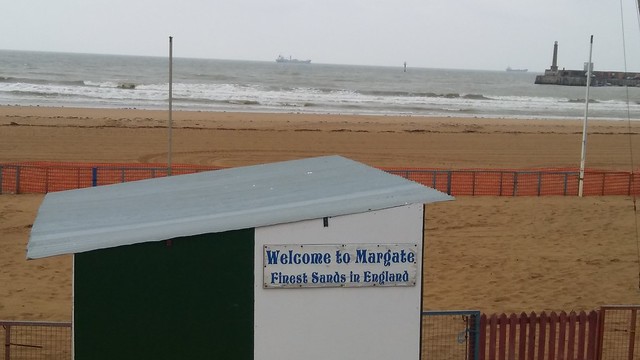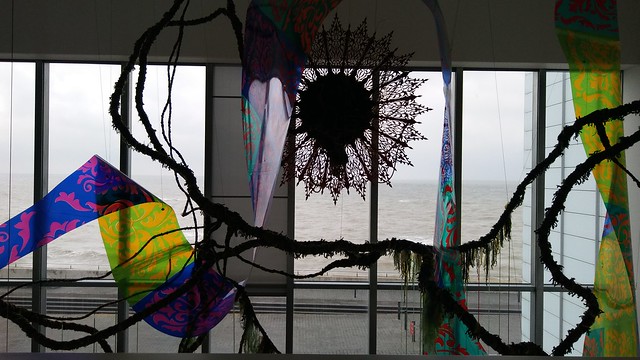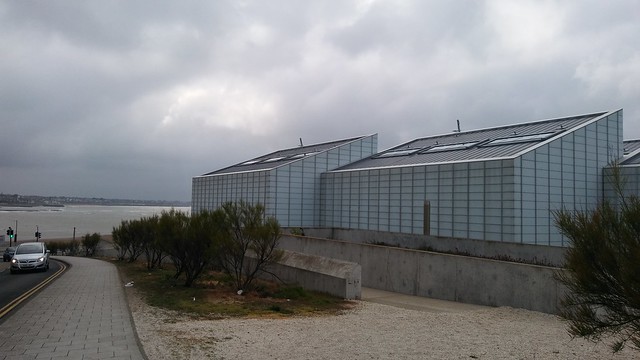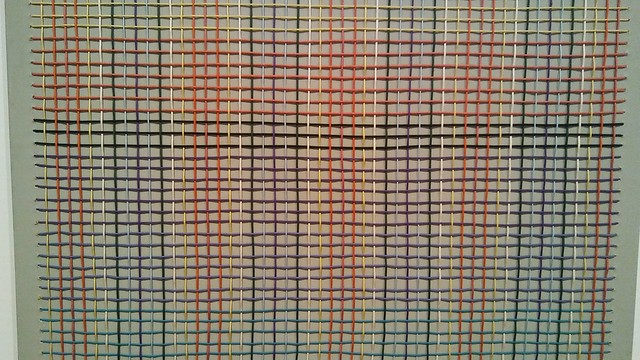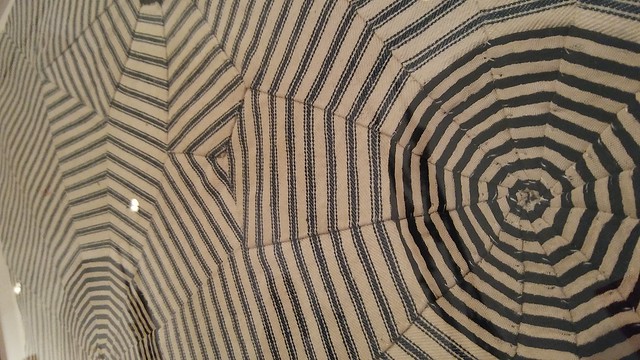Yesterday I received an email from a New Zealand friend who mentioned that he was in his 'spiritual home of Spain'. He didn't need to elaborate because I knew exactly what he meant.
Less than two weeks ago, I experienced something of this when I arrived in Bilbao on a late night flight from England. Spain is not my one and only spiritual home, as my friend had implied was the case for him. But I had the strong sense that my spirit had come to a congenial place from one that was less congenial.
I breezed through immigration just in time to make it to the bus stop at midnight to catch the last bus into Plaza Moyúa for the 20 minute walk along Gran Vía to my small pension on the other side of the Nervión River.
Locals were still out enjoying the evening and they helped me with directions. My genial host had cheerfully stayed up to welcome me. Everything was right with the world.
It was not just that I had reached my destination without encountering obstacles. I felt that I was at one with this place and its people, even though it was a big city I'd never been to before. I knew no one but I knew everyone. I was at home spiritually.
I was reminded of my strangely euphoric arrival ten years ago in the southern port city of Algeciras, after crossing the Strait of Gibraltar by ferry from Tangier in Morocco. Morocco is one of the most photogenic countries I've visited. But I did not feel that I belonged, even as a tourist.
The people were not friendly and it seemed they were only interested in my tourist dollar. At restaurants they only wanted to serve you their tourist menu, which was different to what they ate themselves.
But most of all I found it alienating that everybody - men and women - was dressed in loose fitting gowns that prevented me from seeing their skin and the contours of their bodies. It should be obvious, but I'd never before considered that the way people cover their bodies plays a major part in the degree of our connection with them.
I told myself that this was a Muslim country and that's the way Muslims dress. But I found it very uplifting when I arrived in Algeciras and was able to enjoy the sight of skin and body countours, along with the warmth of people who were welcoming and spirited and knew how to smile and look me in the eye.
